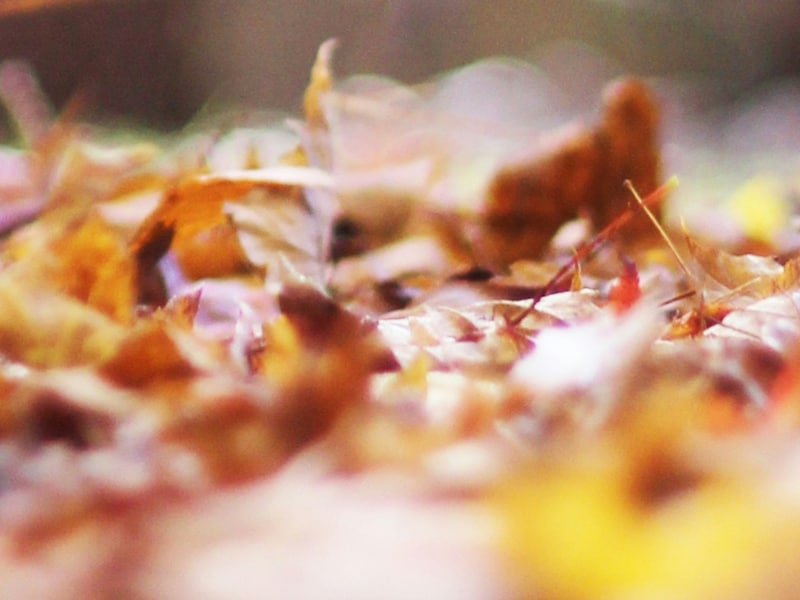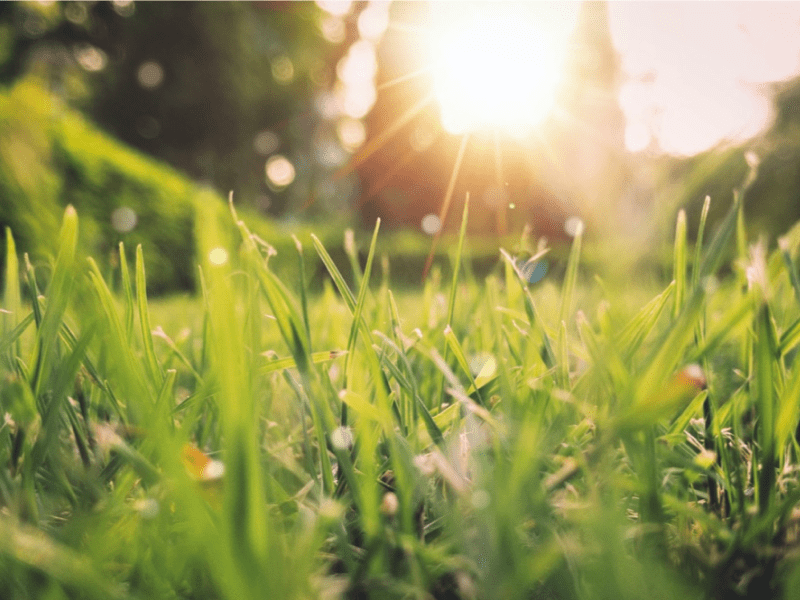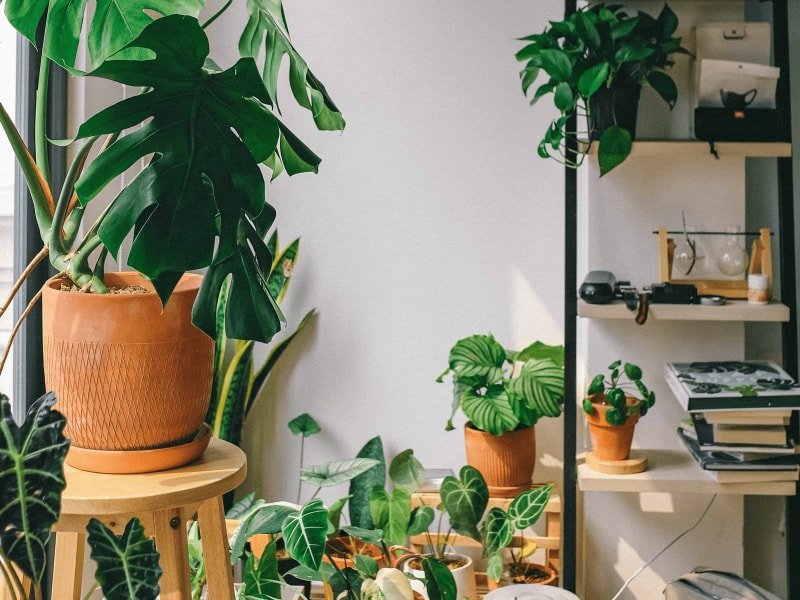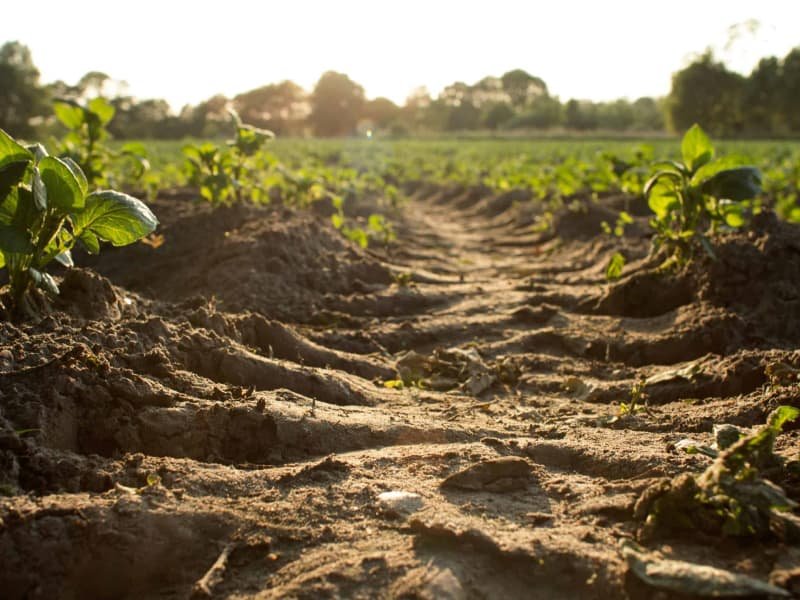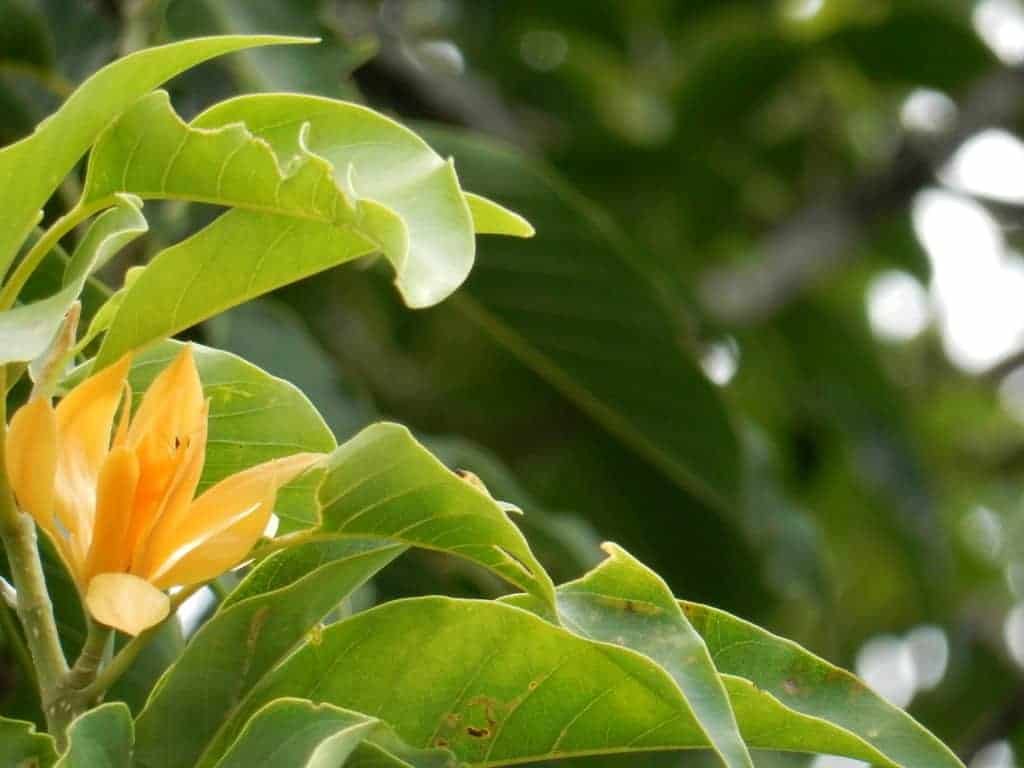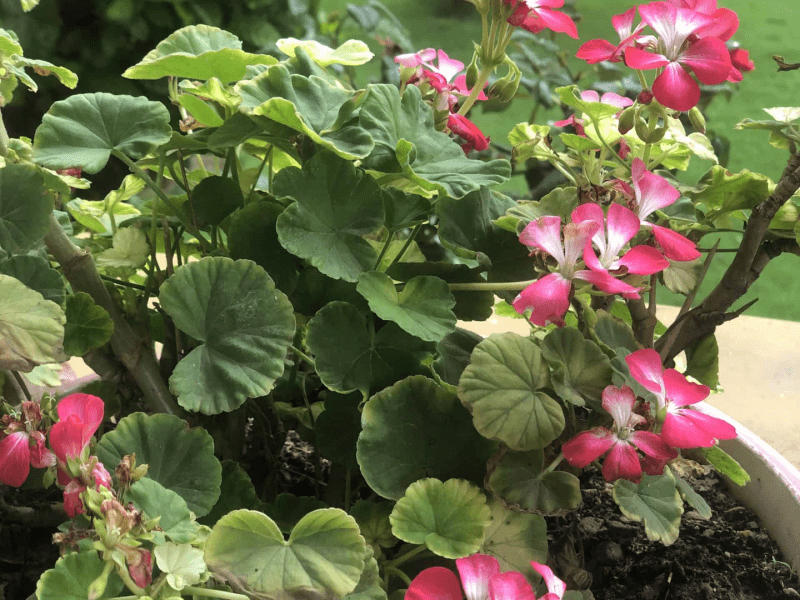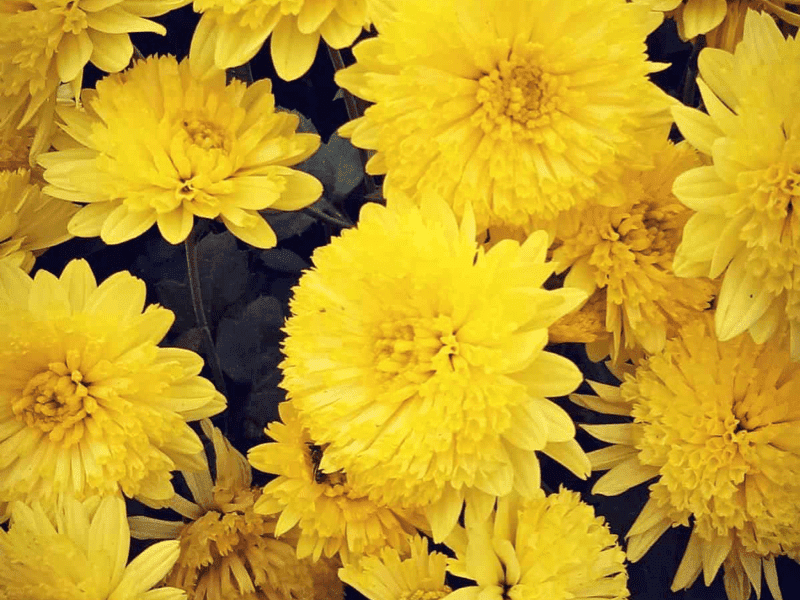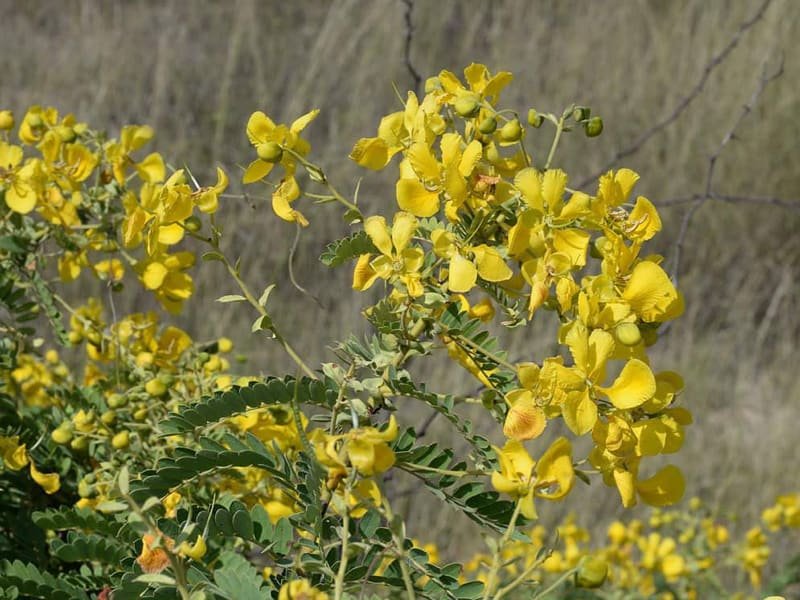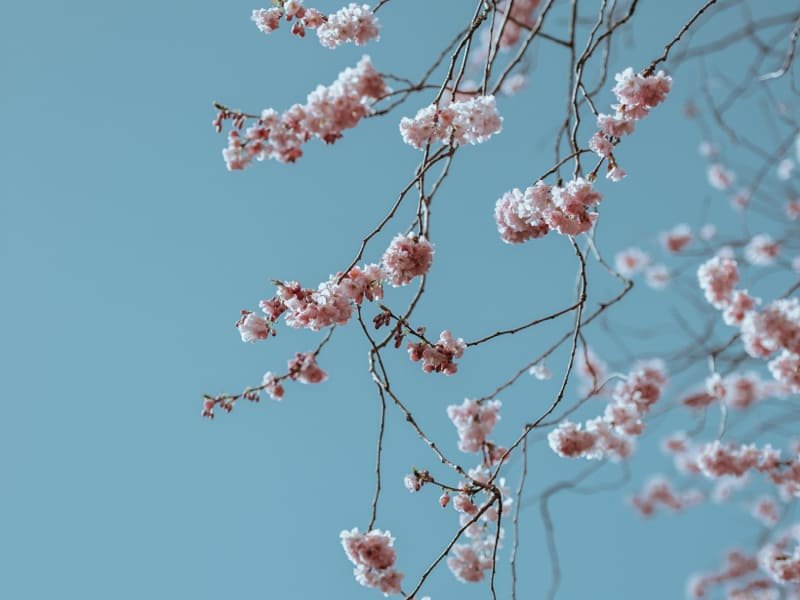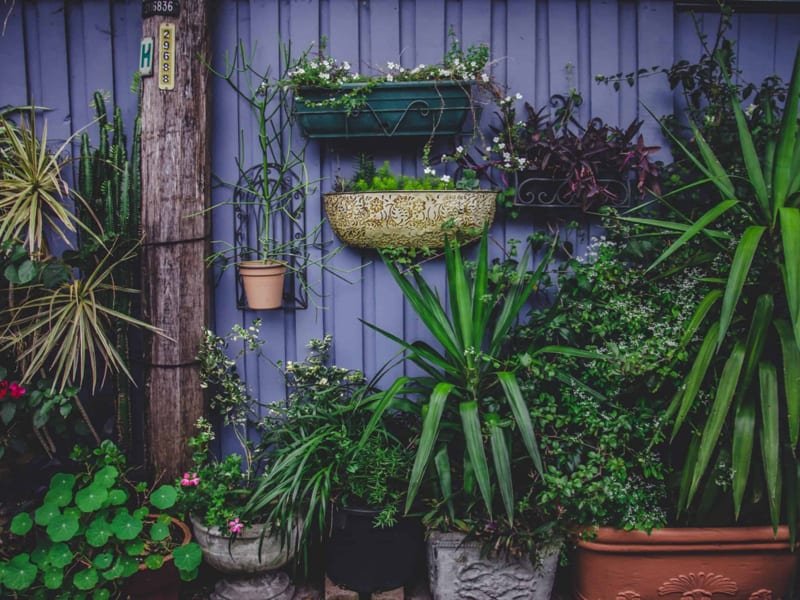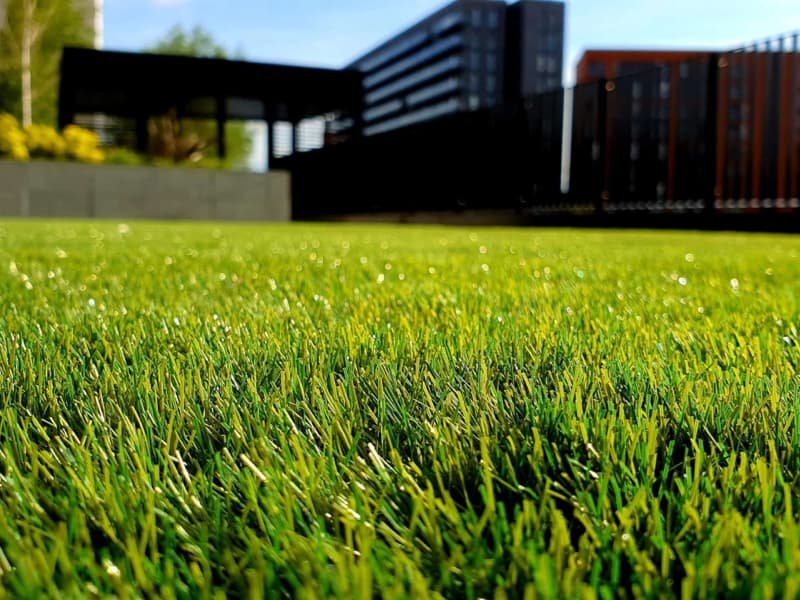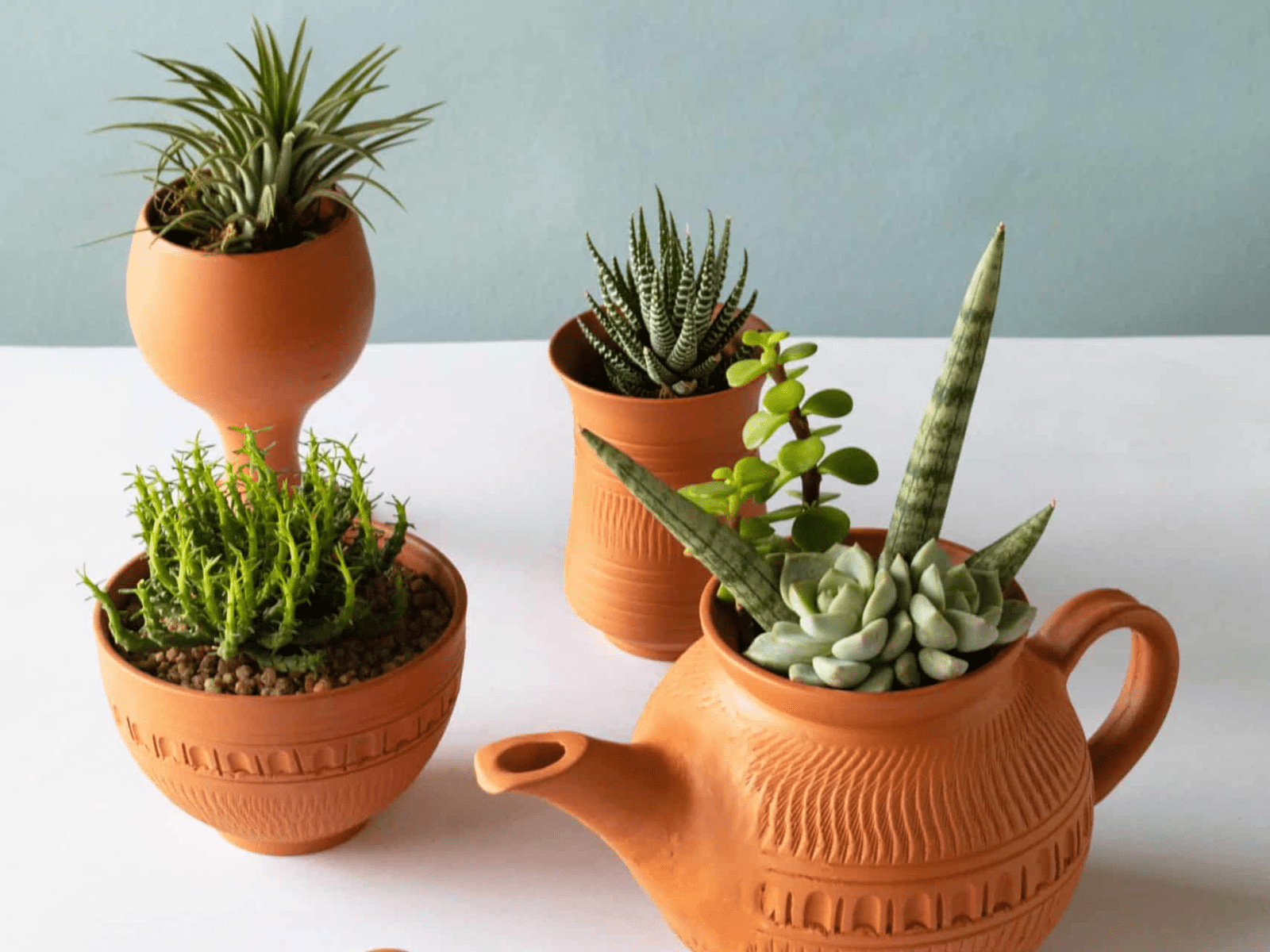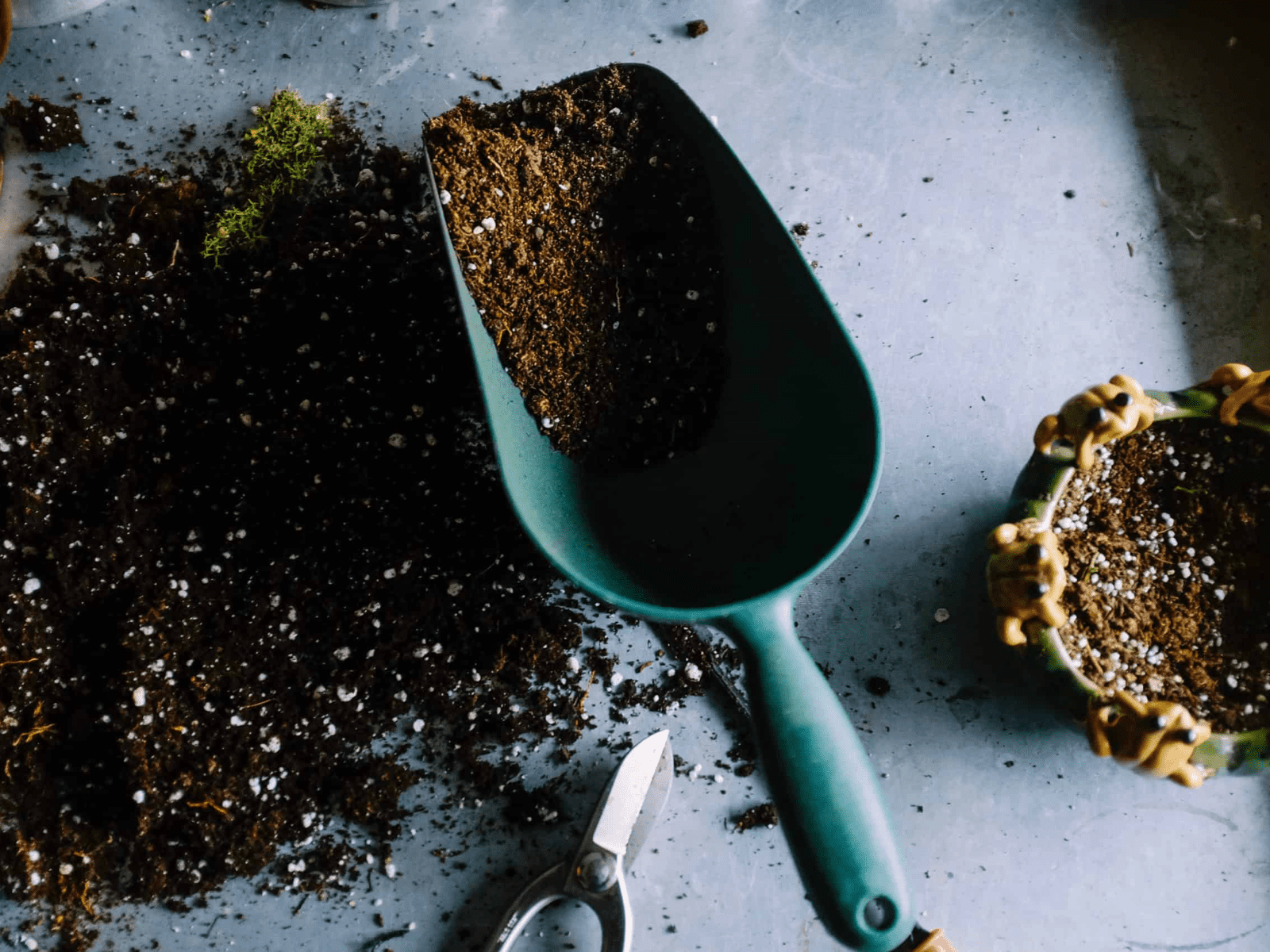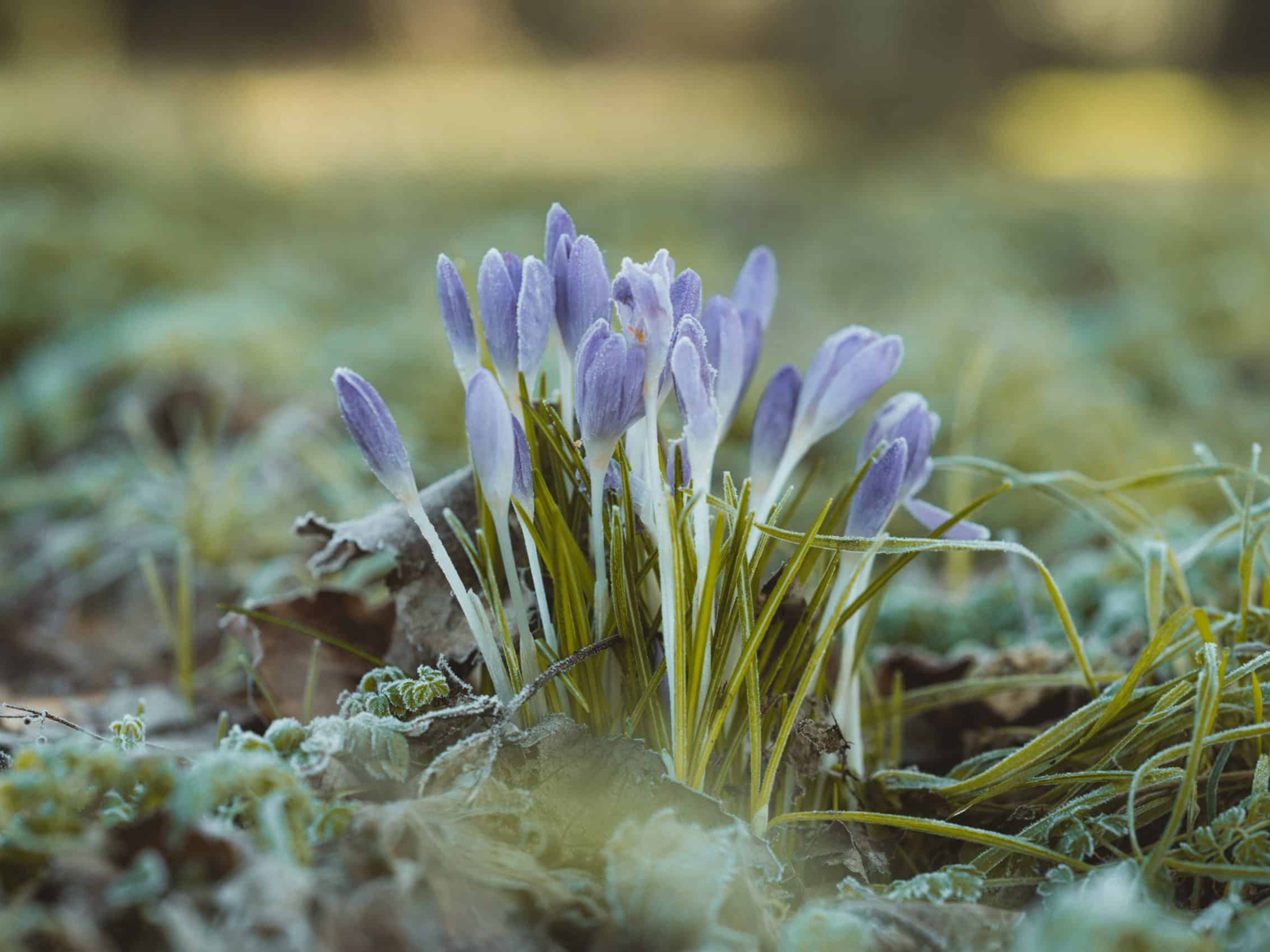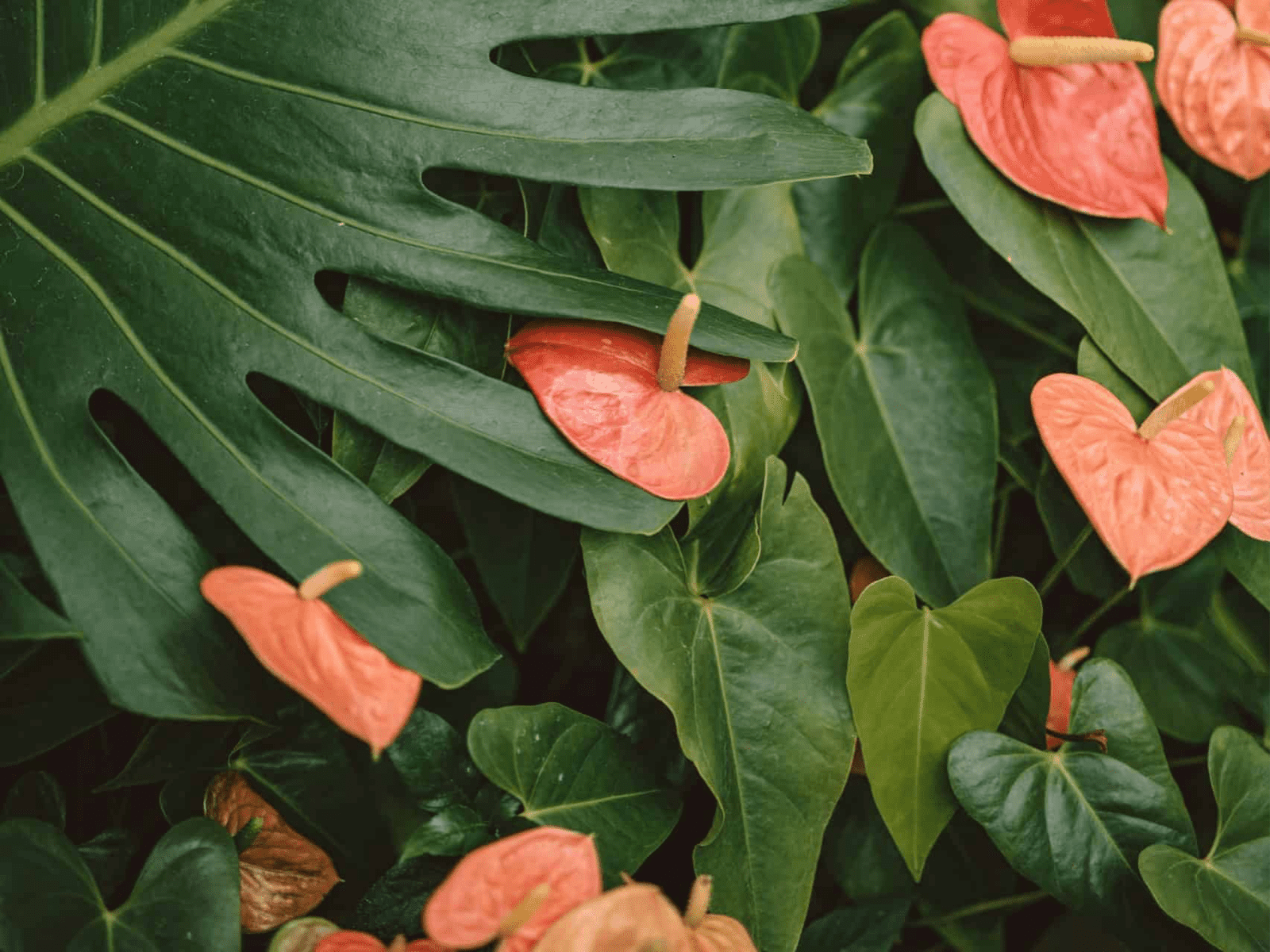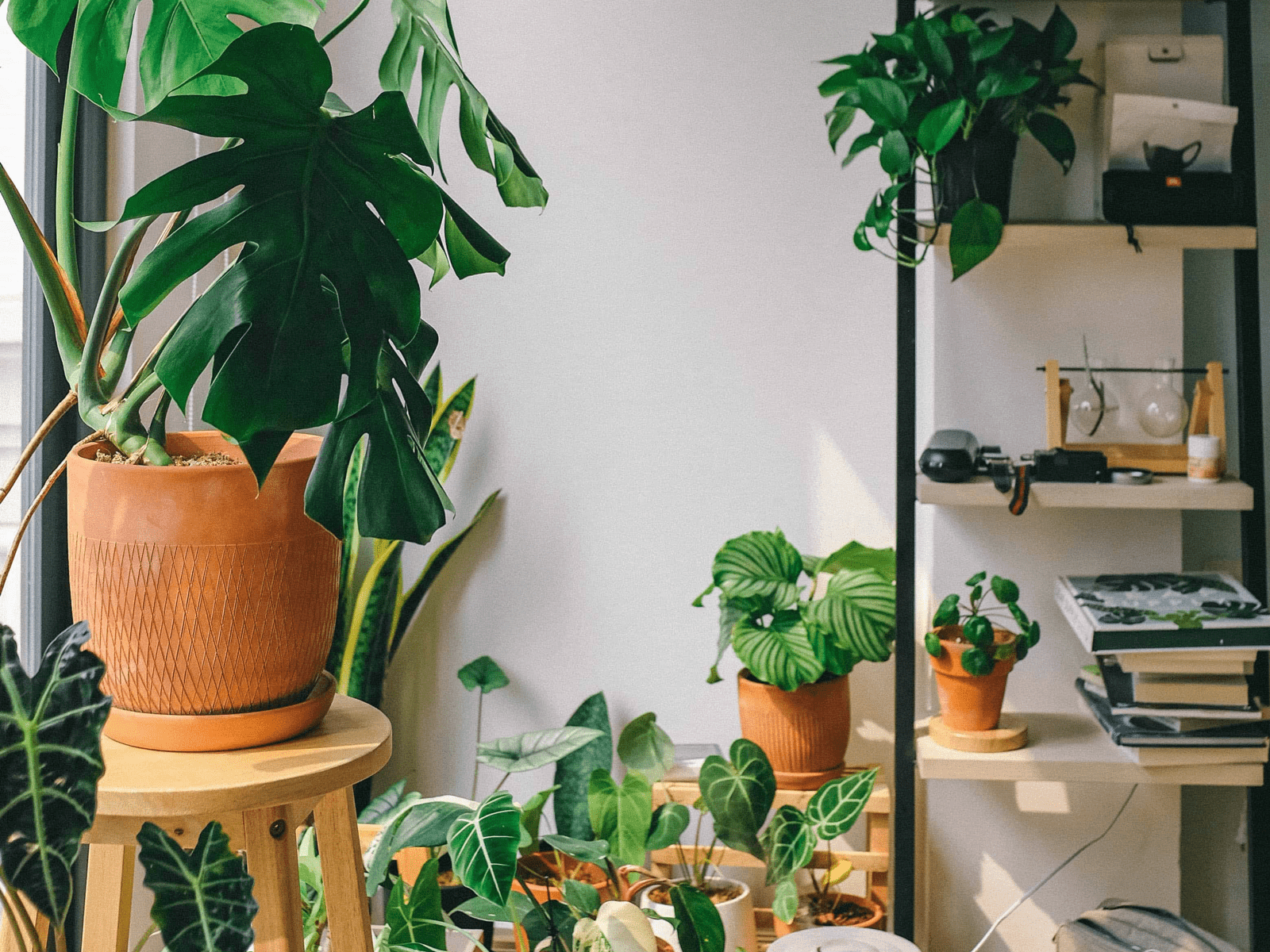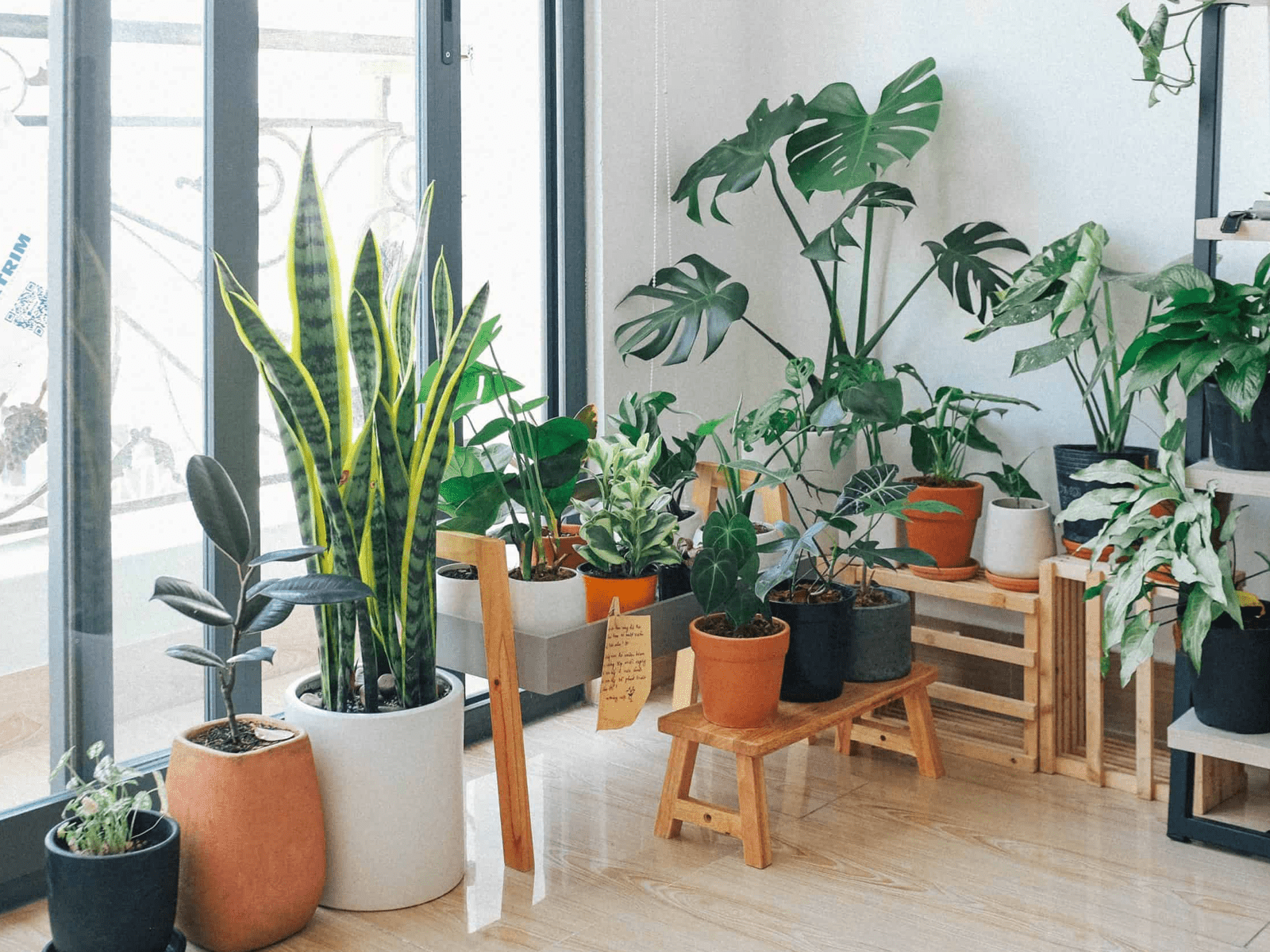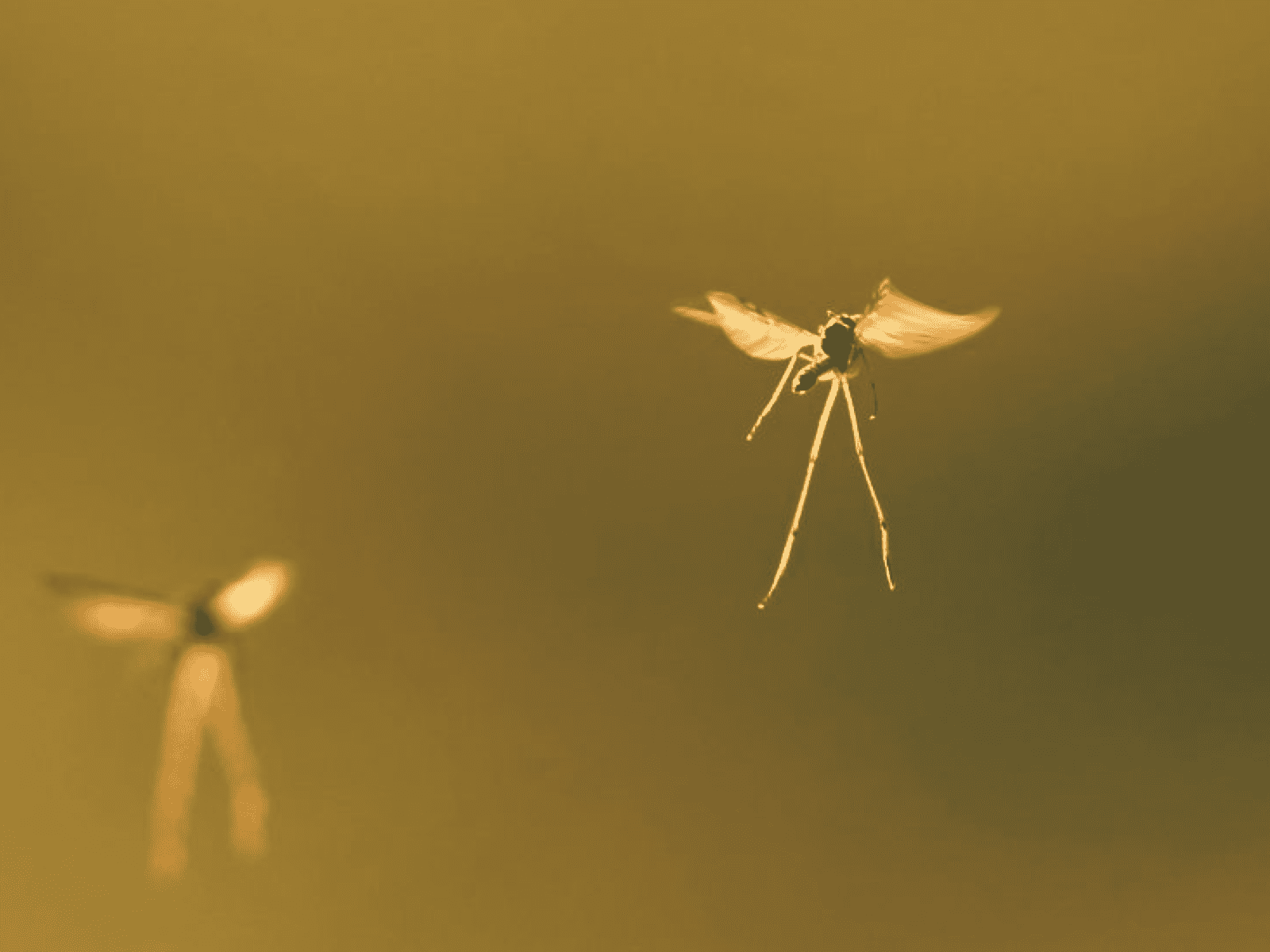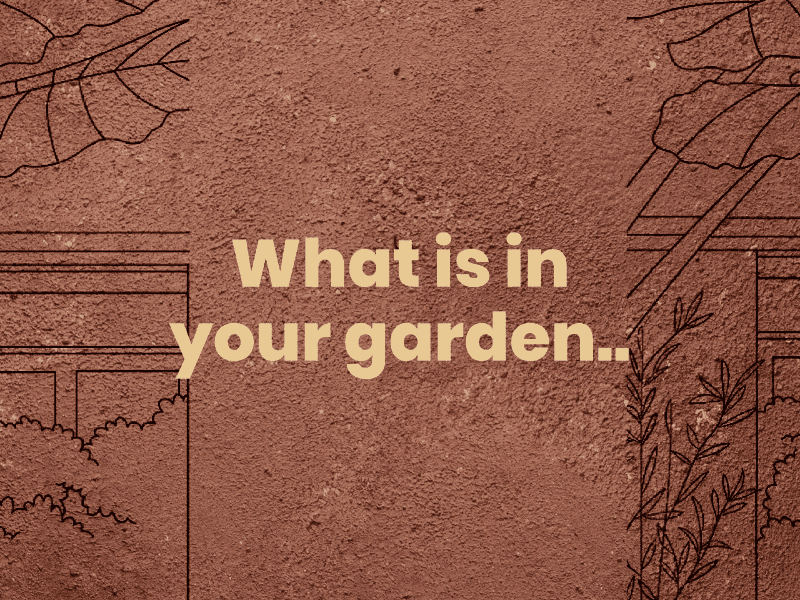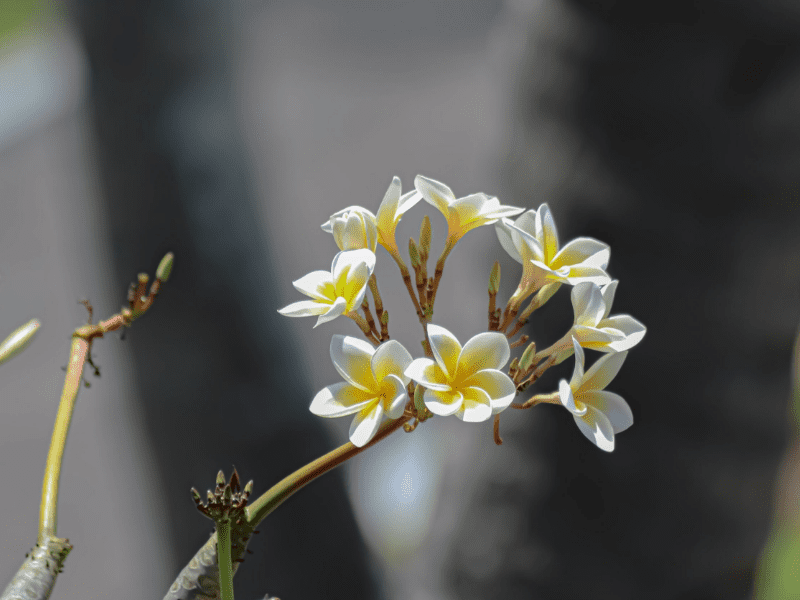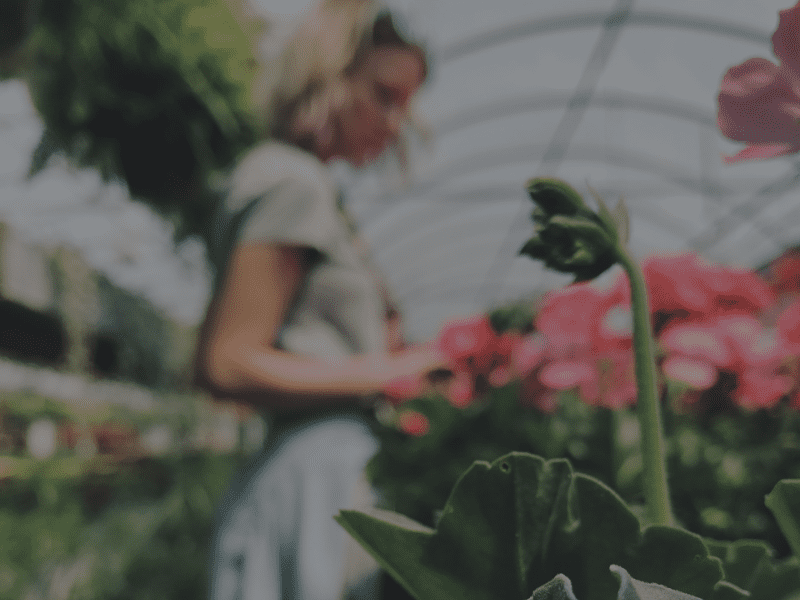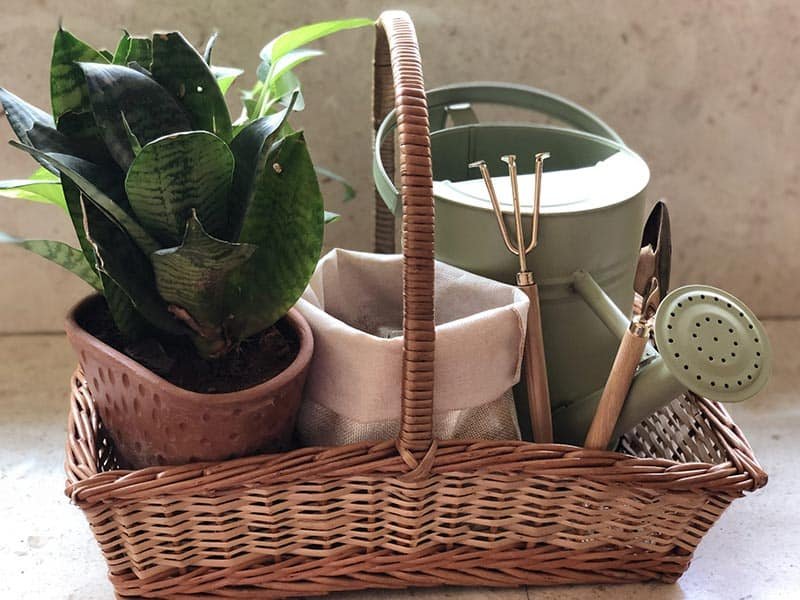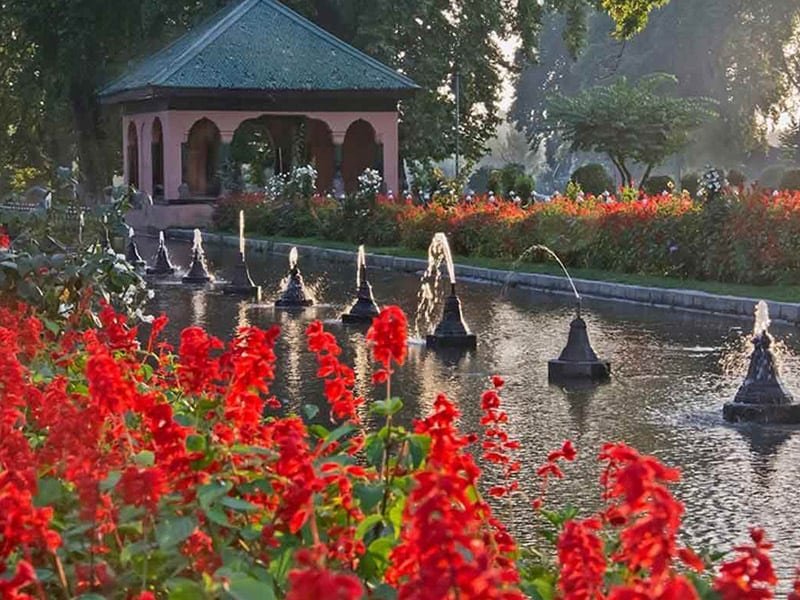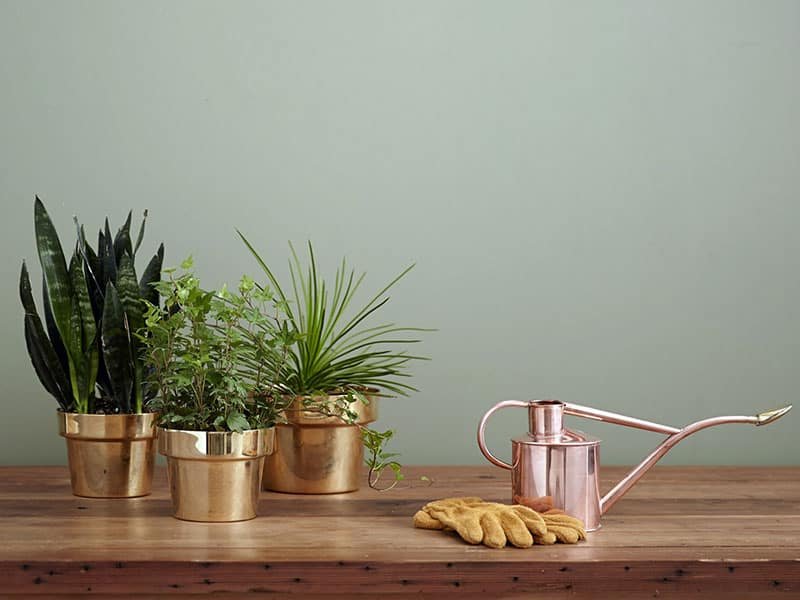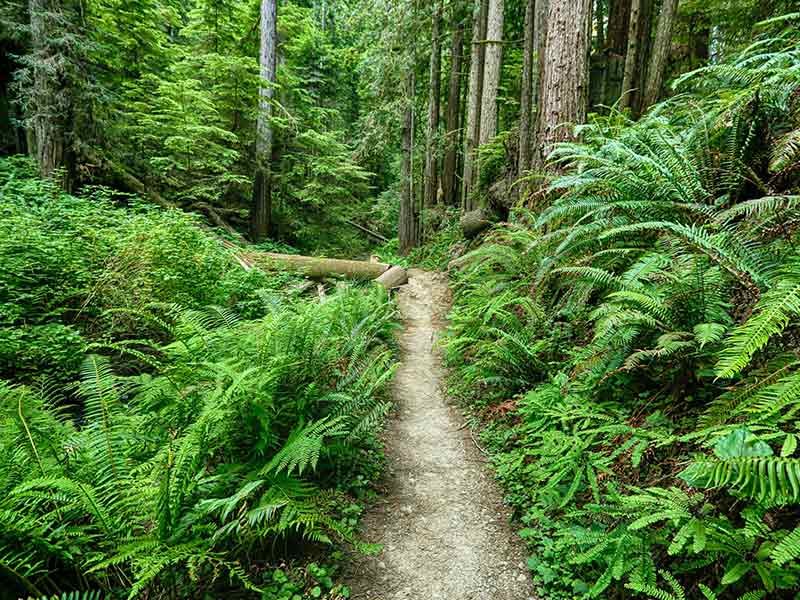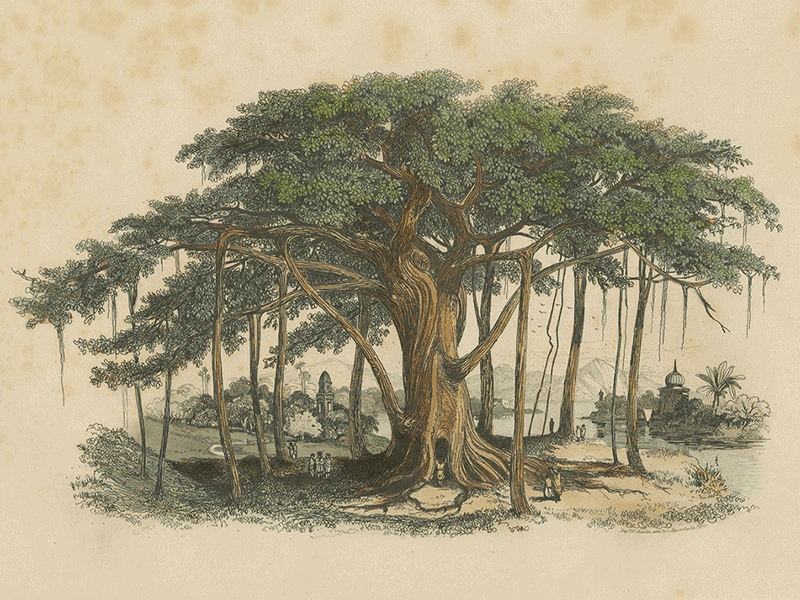Plants that are naturally and originally found in a particular place or region, who have adapted to the local climate, weather, and soil conditions are native plants.
In brief, a plant is native if it has naturally occurred in a particular geography without anyone’s intervention. Like human beings, plants too, have their ‘native place’. They originated from a certain place but might have travelled to different parts of the world.
Since they’re familiar with the local habitat and ecology, native plants tend to be low on maintenance on the following parameters:

They use lesser pesticides to repel known enemies (pests) as they’ve in-built mechanisms for self-combat.

They use lesser water to grow as they store, reuse, distribute water as per the rainfall patterns.
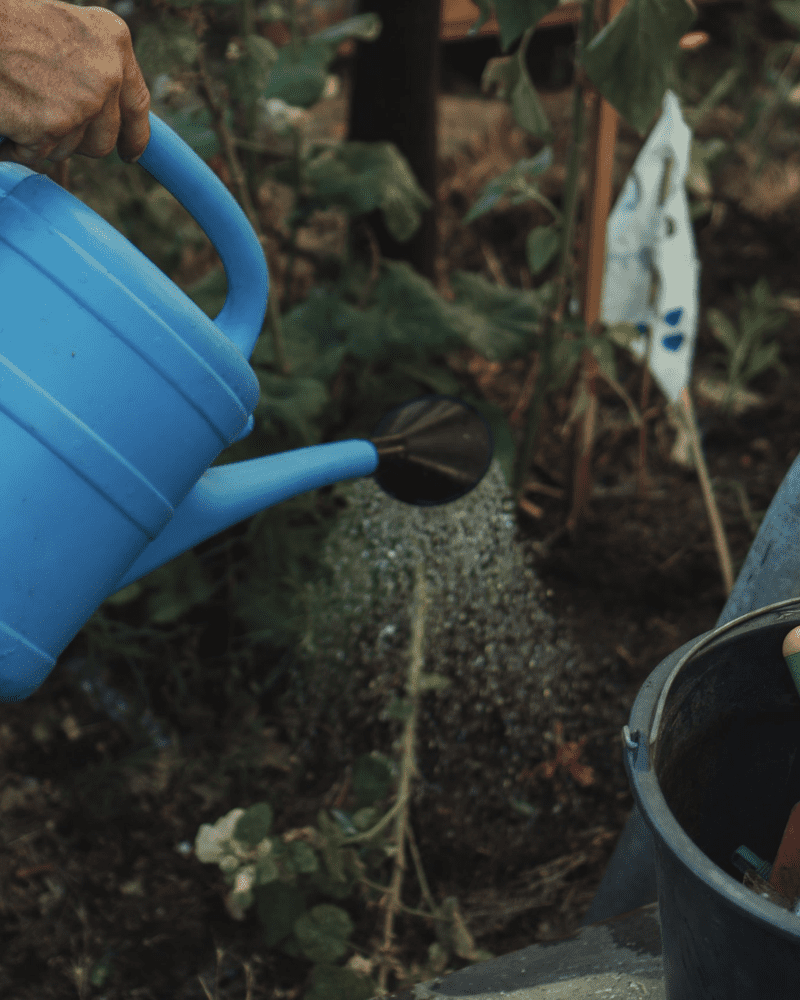
They use lesser fertilizers as they optimize their nutrition intake from all sources – sunlight, water, soil, air.
At a macro level, the symbiotic relationship with the immediate and extended environment over millions and thousands of years have created the most self-sustaining and independent habitats. A good example of this is the Amazon rainforest in South America where each wildlife participant co-exists in harmony. Sadly, the increasing occurrence of forest fires have disturbed this ecosystem due to global warming, deforestation, and other issues.
While starting a garden whether indoors or outdoors, one must try to understand the nativity of plants. Such plants not only add beauty to your garden but also work towards restoring local biodiversity.
In cities like Mumbai, where green public spaces are shrinking, it is imperative for gardeners to make conscious choices. By opting for native or indigenous plants, one can ensure the health of their garden and our environment.


